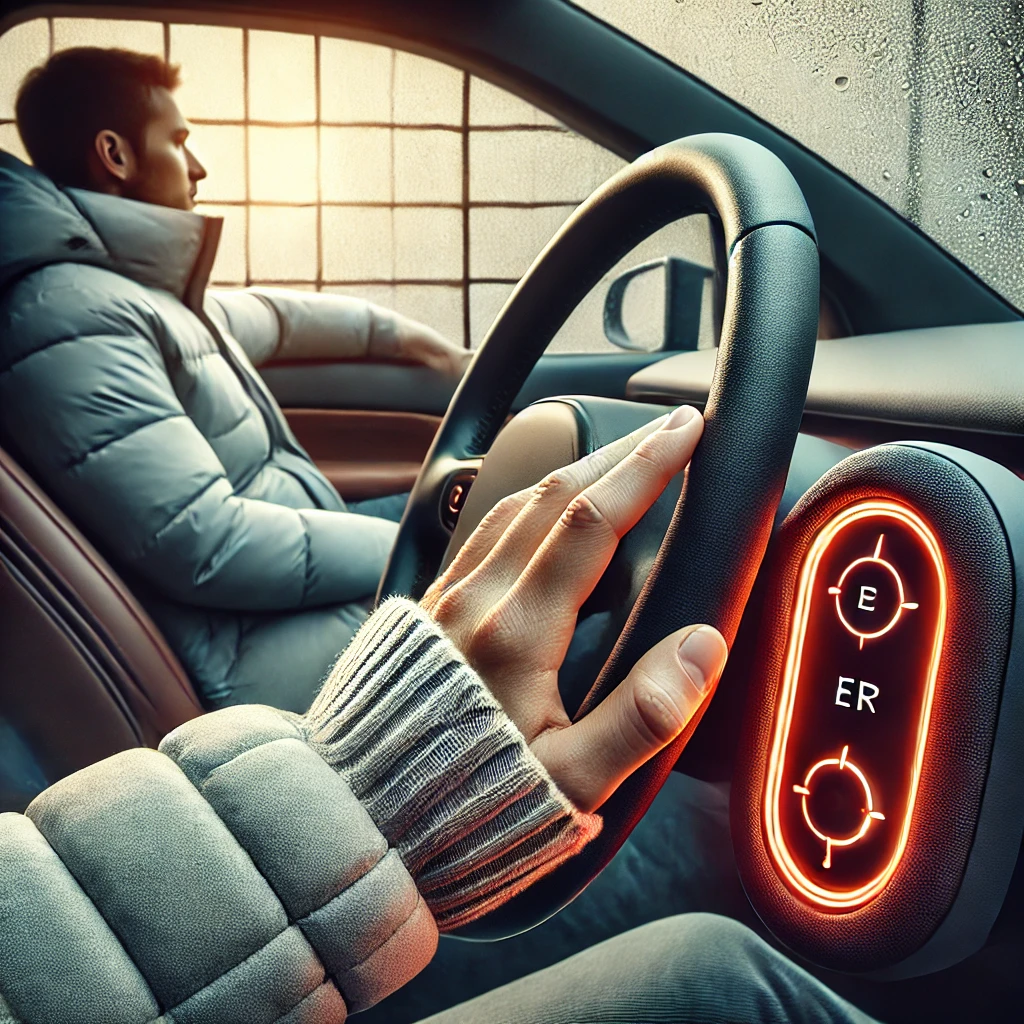When selecting the ideal display resolution for smartphones, there are several factors to take into account, including visual quality, battery life, and personal preference for display resolution comparison. There are three common resolutions to consider: QHD (1440p), Full HD (1080p), and HD+.
Table of Contents
Display resolution comparison-QHD
QHD, or Quad High Definition, boasts a resolution of 2560×1440 pixels. This results in exceptional clarity and detail, making it particularly suitable for individuals who value sharp visuals, such as gamers and heavy media consumers. The higher pixel density enhances the viewing experience, especially on larger screens.
Display resolution comparison-Full HD
Full HD (1080p), with a resolution of 1920×1080 pixels, is a widely adopted standard. It achieves an equilibrium between visual excellence and energy efficiency. Full HD displays are commonplace across various price ranges and generally meet the needs of most users. They offer a crisp and clear display without excessively draining the device’s battery.
Display resolution comparison-HD+
HD+ (720p) has a resolution of 1600×720 pixels. Although it falls short in terms of sharpness compared to QHD and Full HD, it has its advantages. HD+ displays are more energy-efficient, leading to longer battery life. Smartphones with HD+ resolutions are often more budget-friendly, making them a practical choice for users prioritizing affordability and extended battery longevity over the highest possible resolution.

Ultimately, the optimal choice depends on individual preferences and usage habits. If you value top-notch visuals and prefer premium displays, QHD might be the preferred option for you. For most users, Full HD strikes a good balance, providing a sharp display without compromising too much on battery life. If budget and battery efficiency are top priorities, HD+ could be a sensible choice.
Consider the size of the smartphone screen as well. On smaller screens, the differences in resolution may be less noticeable. Additionally, keep in mind that higher resolutions can lead to faster battery drain, as more power is required to render and display content.
In conclusion, determining the best display resolution for smartphones is subjective and relies on your specific needs. Evaluate your priorities, such as visual quality, budget limitations, and battery life, to make an informed decision that aligns with your preferences.
Click here to read about device screen and eye health



